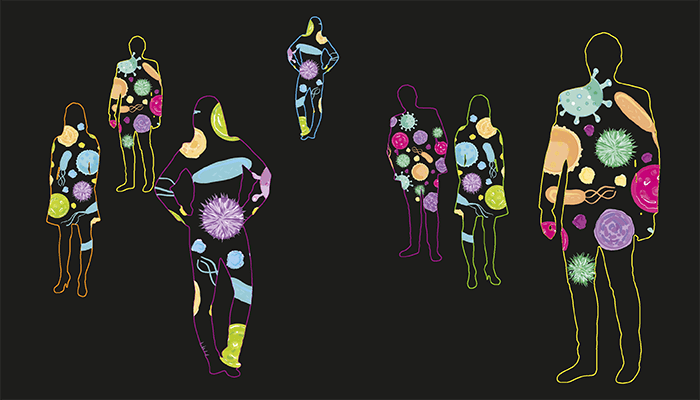
An unconventional dry eye disease (DED) treatment has been developed using “friendly” bacteria – Limosilactobacillus reuteri DSM 17938 – commonly found in the human gastrointestinal tract (1). Previous literature has shown human-derived, commercially available bacteria to be beneficial to human health – in terms of the gut and immune system – but this is one of the first studies to examine how the bacteria behaves in the context of eye health.
Emphasizing the need for further investigation into DED treatments, Laura Schaefer, Assistant Professor of Molecular Virology and Microbiology at Baylor College of Medicine, says, “Despite the prevalence of dry eye (approximately 1 in 20 people in the US), there are only a handful of drugs currently available to treat dry eye, and for some patients these drugs do not work very well to improve symptoms.”
Schaefer and her team are responsible for the new study, which investigates the potential of probiotics in mice models. “In our previous work, we had shown a functional link between the gut bacteria and dry eye disease symptoms,” explains Schaefer. “We performed several experiments using gut bacteria isolated from Sjögren syndrome patients, who have severe dry eye, and from healthy patients with no eye disease. When mice are colonized with Sjögren patient gut bacteria, they develop worse dry eye under dry conditions than mice colonized with gut bacteria from healthy patients.”
The findings suggest that gut bacteria from healthy people could protect the surface of the eye in dry conditions, with one possible treatment avenue being a probiotic bacteria. The mice models were treated with antibiotics known to kill off much of the friendly bacteria that usually resides in the gut, and then a probiotic bacterial strain was orally administered at daily intervals. Throughout the research period, the mice were exposed to very dry conditions, with a saline solution used for the control group. After five days, the eyes were examined for any signs of DED.
The mice receiving the probiotic bacteria had healthier and more intact corneal surfaces, as well as more goblet cells in their tissue. Speaking of the findings, Schaefer says, “Our hypothesis was that the probiotic would be protective of the eye, and it was exciting to prove that is true. This particular probiotic strain, DSM17938, has been well-studied and shown to lower inflammation in other tissues, notably the gut, and improve intestinal barrier function. It has not, however, been evaluated before in the context of the eye.”
How does it work? “We are now conducting additional studies with this probiotic to get a fuller picture of its effects on the ocular surface and of its mechanism of action. We hope to publish a full paper later this year,” says Schaefer.
